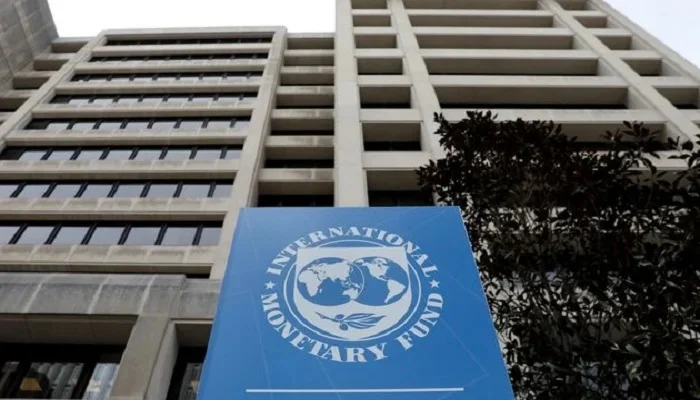FIFA President Gianni Infantino announced at the 2025 Saudi Arabia-U.S. Investment Forum in Riyadh that the global governing body aims to generate $1 billion in revenue from future Women’s World Cups. This ambitious target underscores the exponential growth of women’s football and FIFA’s commitment to reinvesting proceeds into the women’s game.
Record-Breaking 2023 Tournament
The 2023 Women’s World Cup, co-hosted by Australia and New Zealand, marked a significant milestone in the history of women’s football. The tournament attracted a global audience of 2 billion viewers and generated nearly $1.9 billion in global GDP impact, creating over 38,000 jobs and adding approximately $932 million to household incomes. Despite these achievements, the event faced challenges, including sluggish ticket sales in New Zealand and a sponsorship shortfall compared to the men’s tournament.
Expanding the Tournament’s Reach
Looking ahead, FIFA plans to expand the Women’s World Cup to 48 teams by 2031, with the United States poised to host the expanded tournament. This expansion aims to increase global participation and viewership, further boosting revenue potential. The 2027 edition will be held in Brazil, marking the first time the tournament will be hosted in South America.
Strategic Initiatives for Revenue Growth
To achieve the $1 billion revenue target, FIFA is implementing several strategic initiatives:
- Separate Broadcasting Rights: For the first time, FIFA sold broadcasting rights for the Women’s World Cup as a standalone product, allowing for more tailored and potentially lucrative deals. Wikipedia
- Dedicated Sponsorships: FIFA has introduced exclusive sponsorship opportunities for its women’s competitions, enabling brands to invest directly in women’s football. Sports Business Journal
- Enhanced Fan Engagement: The introduction of FIFA Fan Festivals during the 2023 tournament attracted over 777,000 attendees across nine host cities, providing additional revenue streams and increasing the sport’s visibility.
Challenges and Opportunities
While the growth of women’s football presents significant opportunities, challenges remain. The sponsorship gap between the men’s and women’s tournaments is still substantial, with the 2023 Women’s World Cup generating an estimated $300 million in sponsorship revenue, compared to $1.7 billion for the men’s event in Qatar. Addressing this disparity will be crucial for achieving FIFA’s revenue target.
Additionally, expanding the tournament to 48 teams will require substantial investment in infrastructure and logistics. However, the potential for increased participation and viewership could offset these costs and contribute to long-term revenue growth.
Conclusion
FIFA’s target of $1 billion in revenue from future Women’s World Cups reflects the growing commercial viability of women’s football. By expanding the tournament’s reach, securing dedicated broadcasting and sponsorship deals, and enhancing fan engagement, FIFA aims to solidify the financial foundation of women’s football and ensure its continued growth and success on the global stage.
Topics #featured #FIFA #trending pakistan




